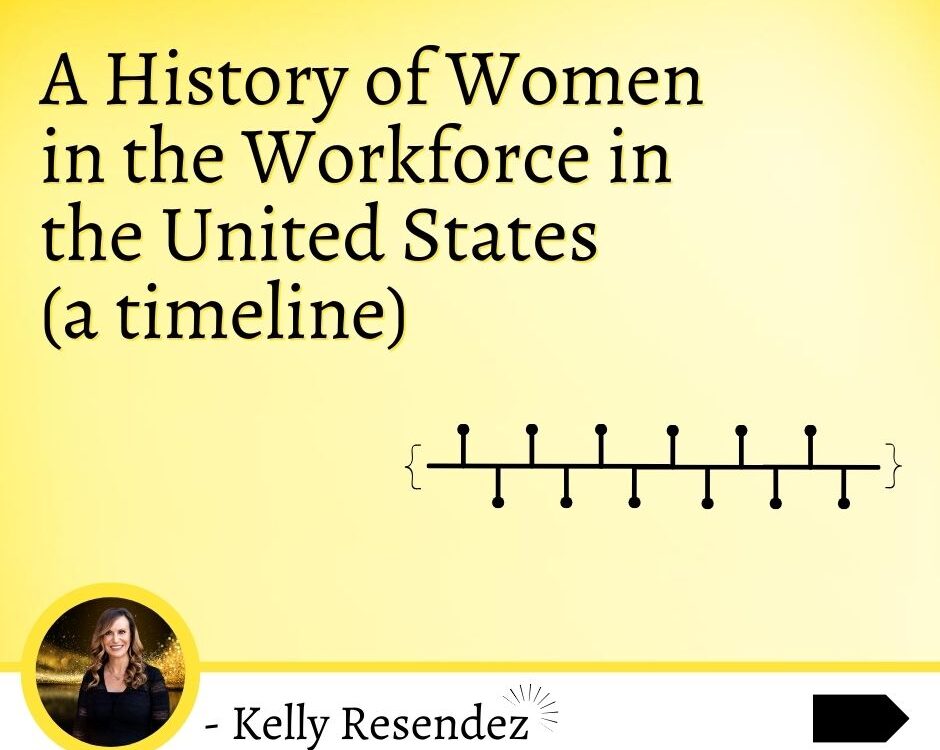
Conversations on Leadership w/ Kelly Resendez: #2 The age gap, leadership training, and are great leaders born or made?
January 18, 2022
Upper Limit Problems
March 11, 2022
If we believe the media’s common neat-and-tidy narrative, this “record” exodus from the office is mainly due to younger workers who are fed up and walking away, rejecting the core concept of being dutifully employed. They’ve even dubbed it the ‘Great Resignation’ in the news. (You may have also heard plenty of spin-offs such as ‘The Big Quit,’ ‘The Turnover Tsunami,’ and the less catchy ‘The Attrition Super-Cycle.’
However, like most things, if we dive a little deeper, we see that the Great Resignation is far more complex, with a host of push-and-pull factors that span every generation throughout the labor market.
So, today I wanted to present a more comprehensive look at the Great Resignation.
At the time of this writing, the latest data reveals that in November 2021, 4.5 million people left their positions voluntarily according to the Bureau of Labor Statistics (BLS), which is being reported as an “all-time high.” That’s a full 3% of the entire non-farm labor force that walked away in one month, which is also touted as a record.
(Each month, the BLS surveys about 20,000 businesses and government agencies to gather their data. It’s also worth noting that most employment statistics are looking at non-farm jobs only.)
In fact, 33 million people have quit their jobs in roughly the last year (since spring of 2021). Through November 2021, we saw an average of 3.9 million workers give their notice each month. That much is true.
The only issue with calling this a record and all-time high is that the BLS has only tracked that data for about two decades. Perhaps there have been other times throughout modern U.S. history when employment numbers were hemorrhaging, too.
We can assume that workers punching out for the last time were just as rampant – if not more – during the dotcom bubble in the late 1990s and early 2000s. To that point, the BLS only started tracking this data in January 2001. That month, 2.4% of workers left their jobs, so it wouldn’t be a stretch to think earlier months rivaled what we’re experiencing now.
Another such epoch in American history that saw a diaspora from jobs was post-war WWII, when the troops came home, people were moving to the suburbs and starting families like never before, and the economy boomed.
Although the Bureau of Labor Statistics didn’t start keeping formal data across all (non-farm) sectors until 2021, it did keep close tabs on manufacturing jobs from 1930 to 1979. So, in 1945, at the height of the post-WWII economy, the monthly average number of job losses reached 6.1%. Considering that manufacturing jobs made up about one-third of our economy back in 1945, we can reason that the job losses were actually might higher than our current numbers.
We’re still awaiting December’s job loss data but forecast that, for the year, we may see about 33% of the non-farm workforce quit their job in 2021. That seems (and is) high, but remember that even in pre-pandemic 2019, 28% of the U.S. workforce quit their jobs.
And even though our 3.9 million average per month so far in 2021 is indisputably high, we may be tracking a trend that had its nascent roots even before the pandemic. For instance, in 2019, workers quit at an average of 3.5 million per month, which is only about 11% lower than 2021’s numbers, despite all the buzz.
What else can we glean from our current Great Resignation?
Not all industries and sectors are created equal when it comes to employees quitting. The highest rate (6.9%) of November 2021’s “record” resignations were in accommodation and food services, such as restaurant, bar, hotel, motel, and other service workers. (In that single month, more than one million food service, leisure & hospitality workers didn’t show up for work.)
That is high without a doubt, but that’s also the nature of that work (younger employees, lower pay, seasonal, etc.) in an industry that has been battered by various pandemic-era shifts.
The second-highest quit rate across all industries was in retail, with 4.4% of workers leaving. Together with accommodation and food services, those two sectors accounted for about one-third of all voluntary job losses that month.
Conversely, the quit rates across construction (2.7%), finance and insurance (1.7%), government (1%), information (2%), and even real estate are still relatively low.
November’s lofty job loss numbers also reflect clear lines along age demographics. According to ADP’s monthly report, the majority of turnover in November was among 16-24-year-olds (who often occupy those low-pay service and retail jobs), who quit at almost three times the national average.
But that age split was not consistent throughout the pandemic. Back in July 2021, resignations rates were greatest among employees in the middle of their careers, who tended to be 30 to 45-years-old instead of 16 to 24. Those mid-career employees actually resigned 20% more from July 2020 to July 2021, while resignations among workers aged 20 to 25 actually decreased slightly.
And while the media narrative around the Great Resignation also says that large numbers of seasoned workers are being pushed into early retirement, resignation rates for 60-to-70-year-olds actually fell.
Likewise, different industries were suffering from employee shortages and high quit rates in mid-2021 versus late 2021. Back in July, the technology (4.5%) and healthcare (3.6%) sectors saw the greatest number of job losses compared to food service and accommodation losses with our latest data.
Others who crunch the numbers and look past the neat and tidy narrative are questioning whether it’s a Great Resignation at all or if a ‘Great Reassessment’ or ‘Great Renegotiation’ is more apropos, a moniker coined by NPR’s Planet Money.
In an upcoming blog, I’ll delve into the motivations and factors that are driving this Great Resignation, and what employers can do to adjust and keep – or attract – quality staff.

***



